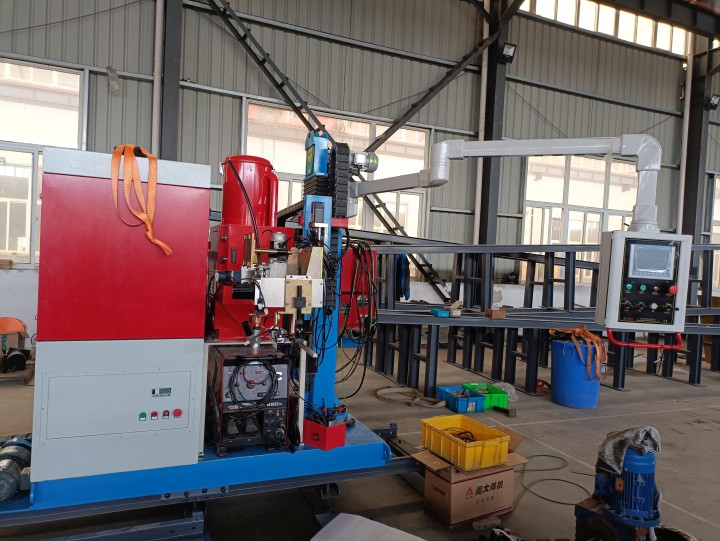Apr. 03, 2022
In the welding process, the welding metal due to heat input and transmission, and undergo heating, melting (or to achieve thermoplastic state) and subsequent solidification and continuous cooling process, known as the welding heat process.
The welding thermal process runs through the whole welding process and becomes one of the main factors affecting and determining the welding quality and welding productivity through the following aspects:
1) The size and distribution of heat applied to the metal determine the shape and size of the molten pool.
2) The degree of metallurgical reaction of welding pool is closely related to the effect of heat and the length of molten pool existence time.
3) The changes of welding heating and cooling parameters affect the solidification and phase transformation of molten pool metal and the transformation of metal microstructure in the heat affected zone, so the microstructure and properties of the weld and the heat affected zone are also related to the effect of heat.
4) Due to the uneven heating and cooling of each part of welding, uneven stress state is caused, resulting in different degrees of stress deformation and strain.
5) Under the action of welding heat, various forms of cracks and other metallurgical defects may occur due to the joint influence of metallurgy, stress factors and the microstructure of the metal being welded.
6) The welding input heat and its efficiency determine the melting speed of base metal and electrode (wire), thus affecting the welding productivity.

The welding thermal process is much more complex than that under general heat treatment conditions, and it has the following four main characteristics:
A. Local concentration of welding heat process
The welding parts are not heated as a whole during welding, but the heat source only heats the area near the point of direct operation, and the heating and cooling are very uneven.
B. Movement of welding heat source
In the welding process, the heat source is moving relative to the weldment, and the area of the weldment heated is constantly changing. When the welding heat source is close to a certain point, the temperature of the point rises rapidly, and when the heat source is gradually away from the point, the point cools down.
C. Instantaneity of welding thermal process
Under the action of highly concentrated heat source, the heating speed is very fast (in the case of arc welding, up to 1500℃/s), that is, a lot of heat energy is transferred to the welding parts in a very short time from the heat source, and the cooling speed is also very high because of the local heating and heat source movement.
D. Complexity of heat transfer process of weldment
The liquid metal in the welding pool is in a state of intense motion. Inside the molten pool, fluid convection is the main heat transfer process, while outside the pool, solid heat conduction is the main, there are also convection heat transfer and radiation heat transfer. Therefore, the welding thermal process involves various heat transfer modes and is a composite heat transfer problem.
The characteristics of the above aspects make the welding heat transfer problem very complicated. However, because of its important influence on welding quality control and productivity improvement, welding workers must master its basic law and the trend of change under various technological parameters.